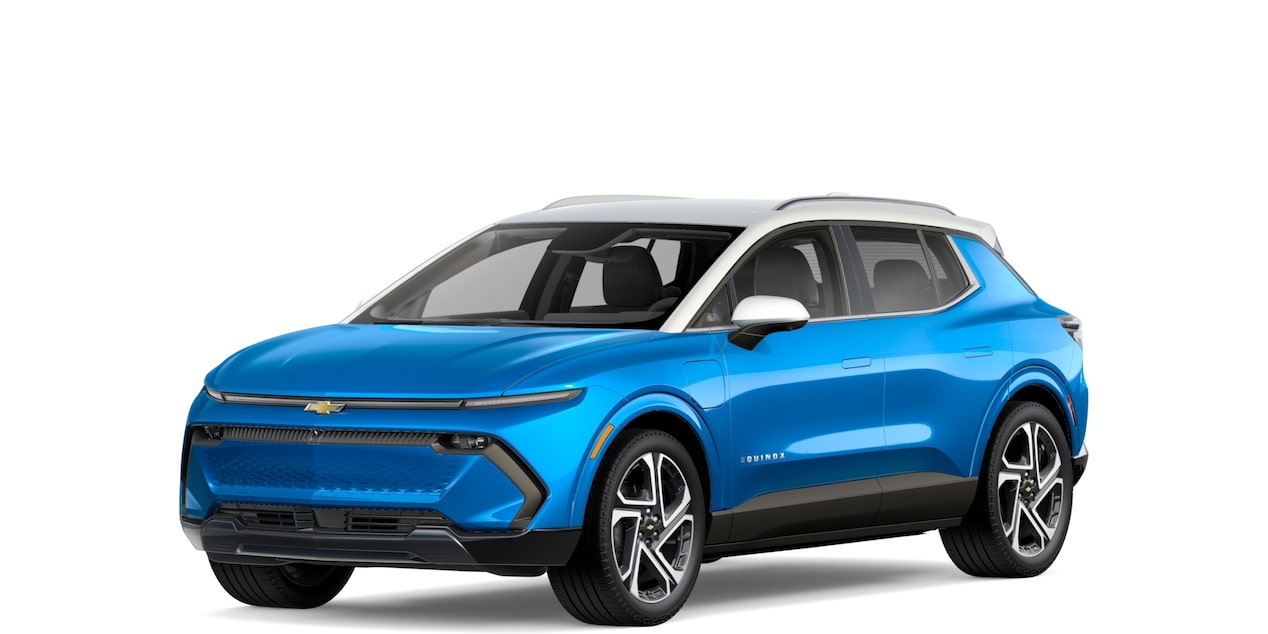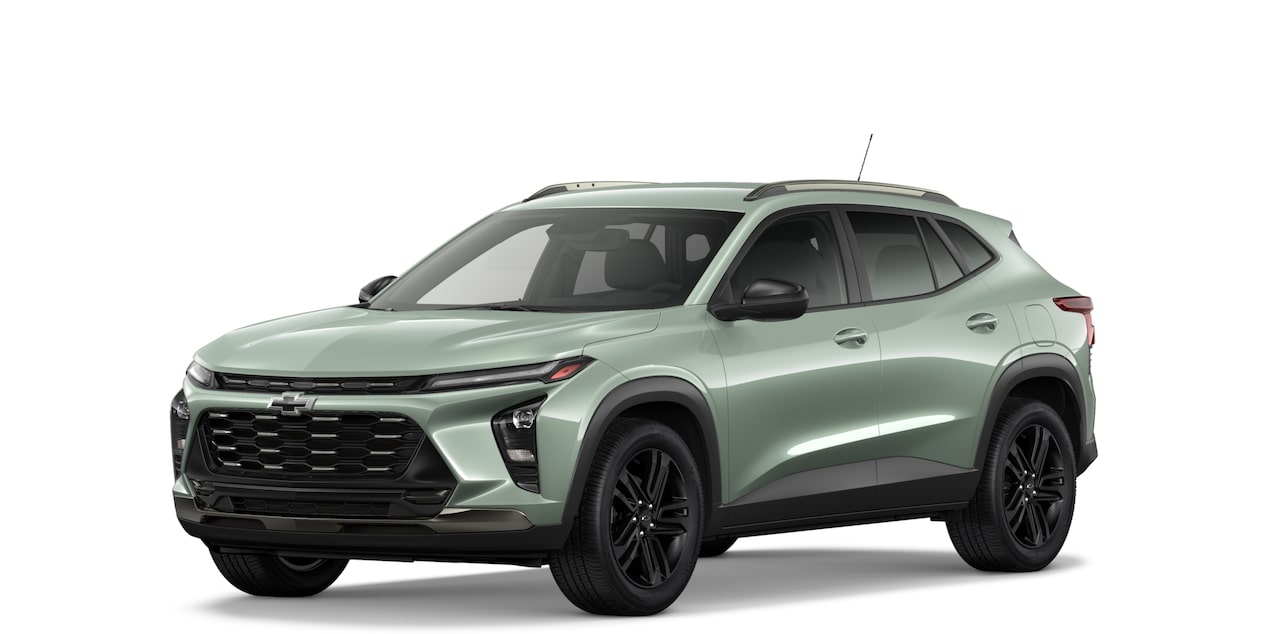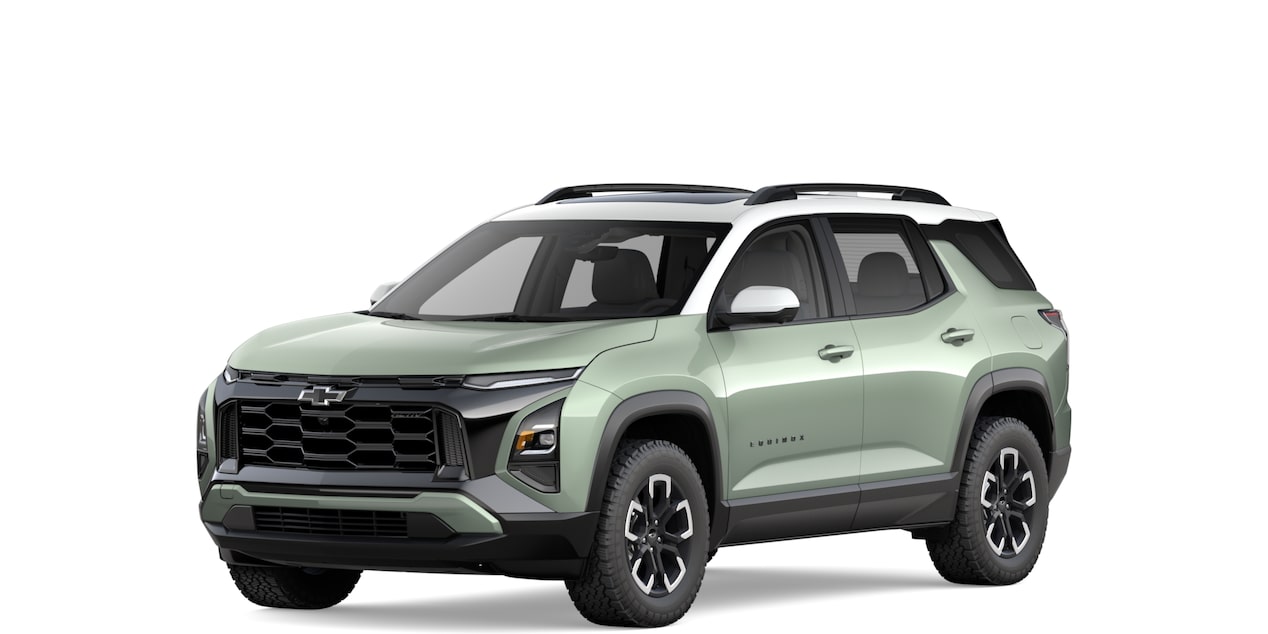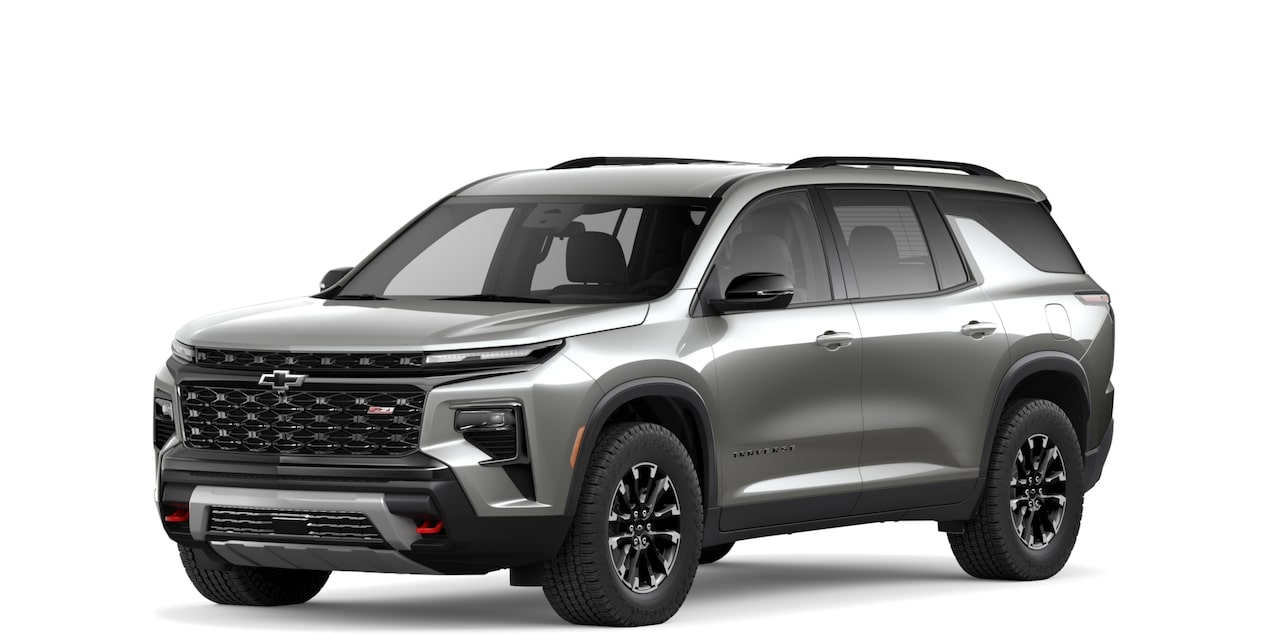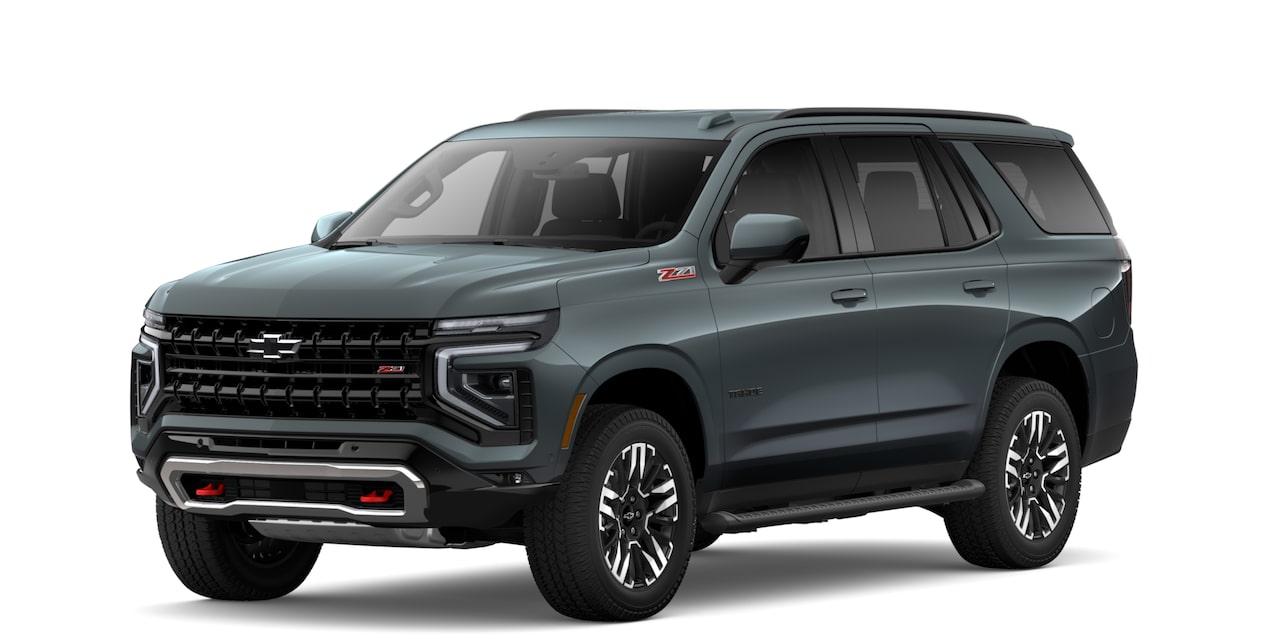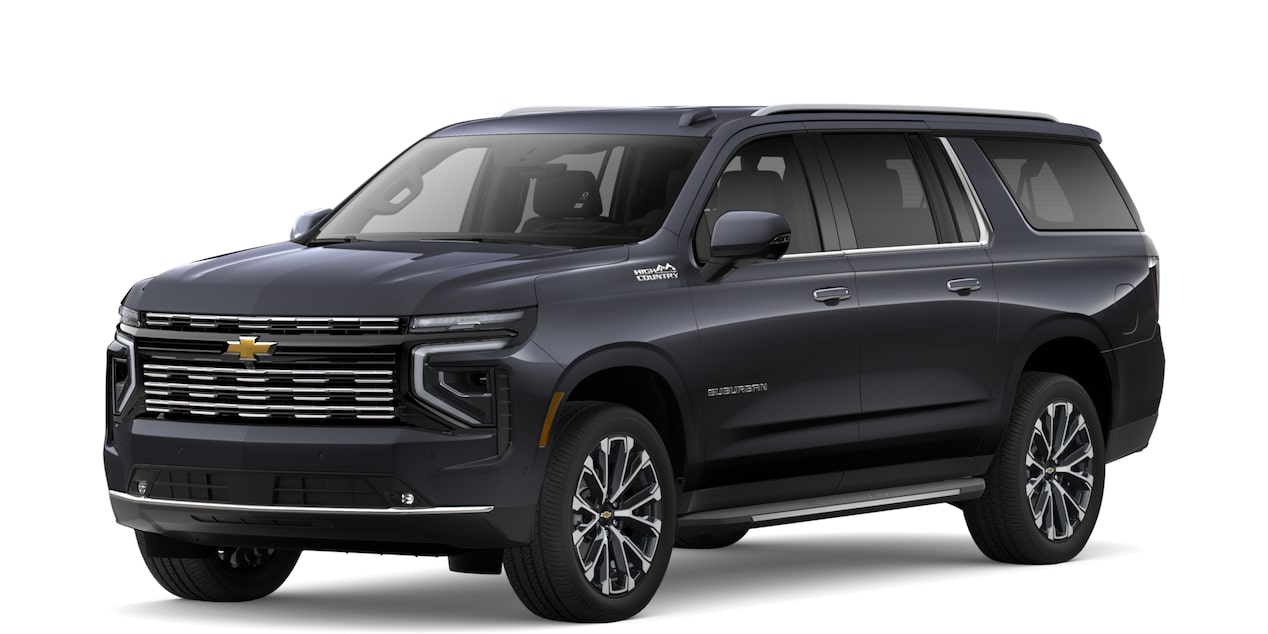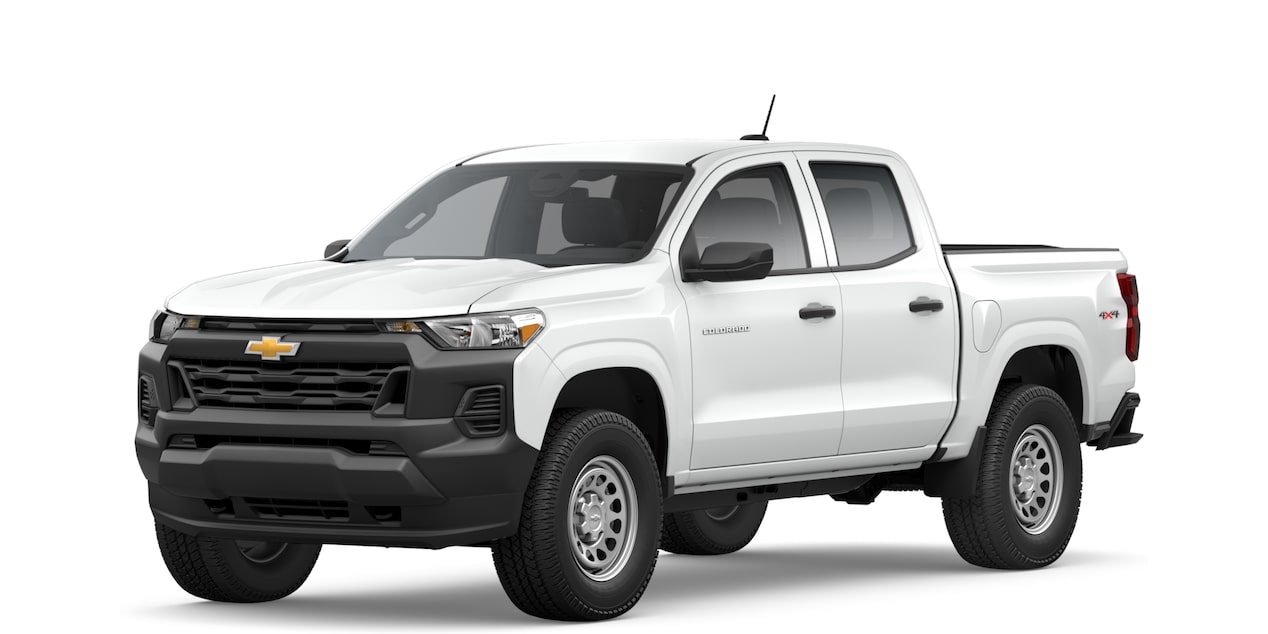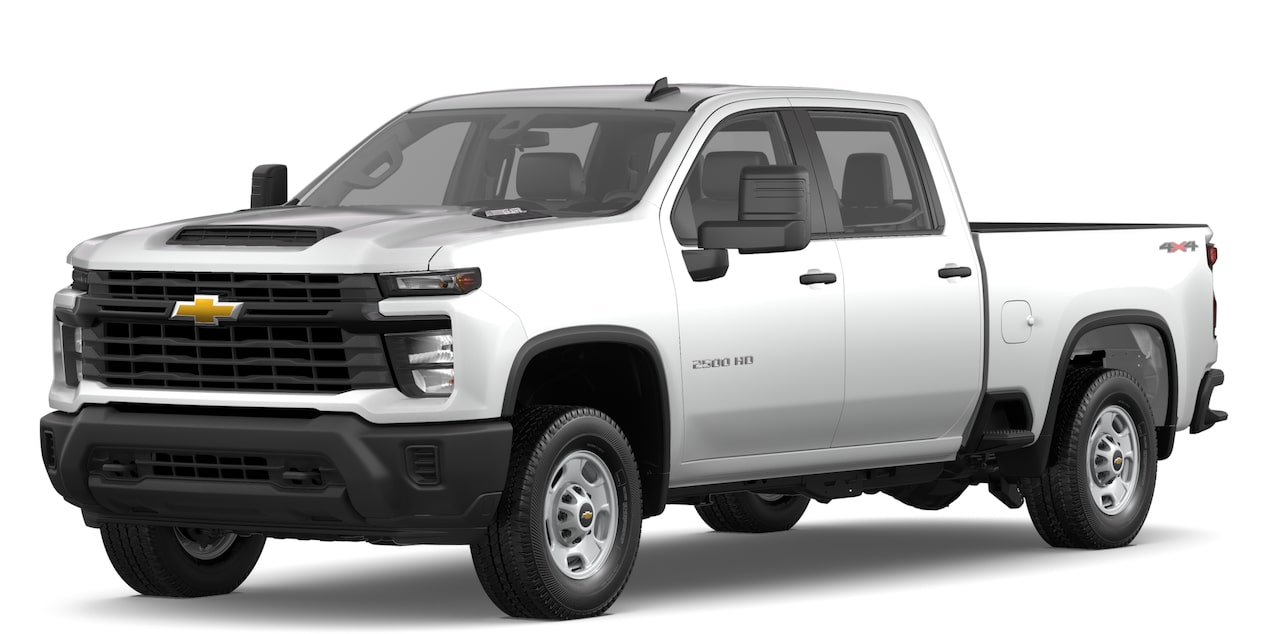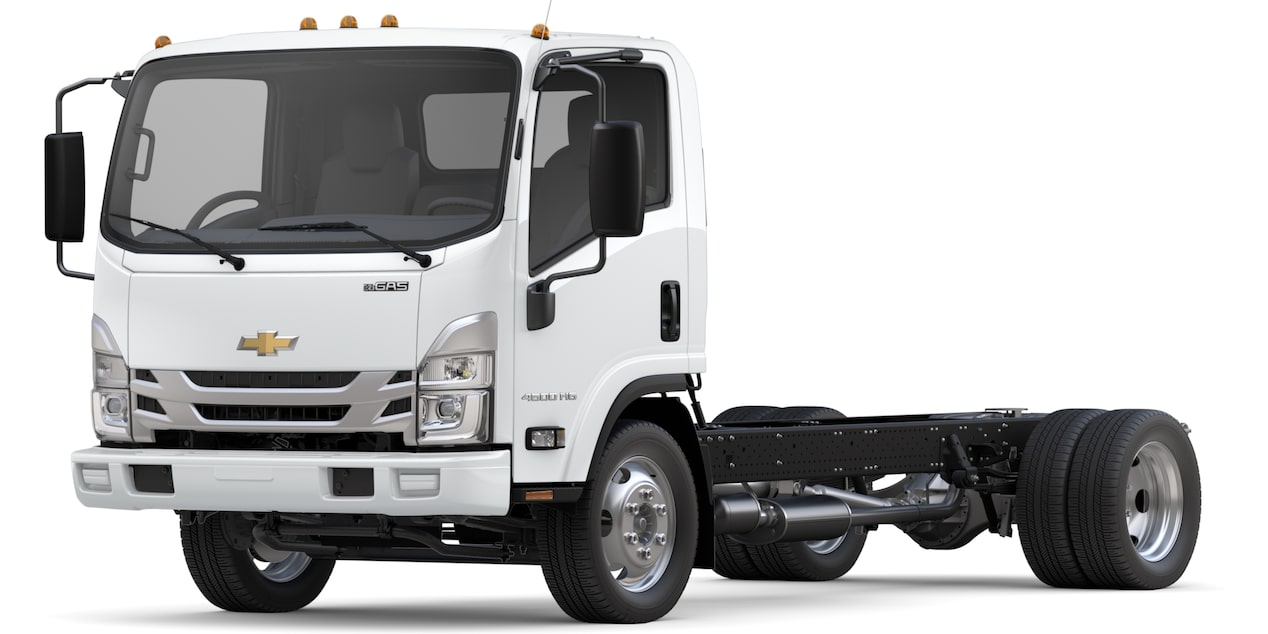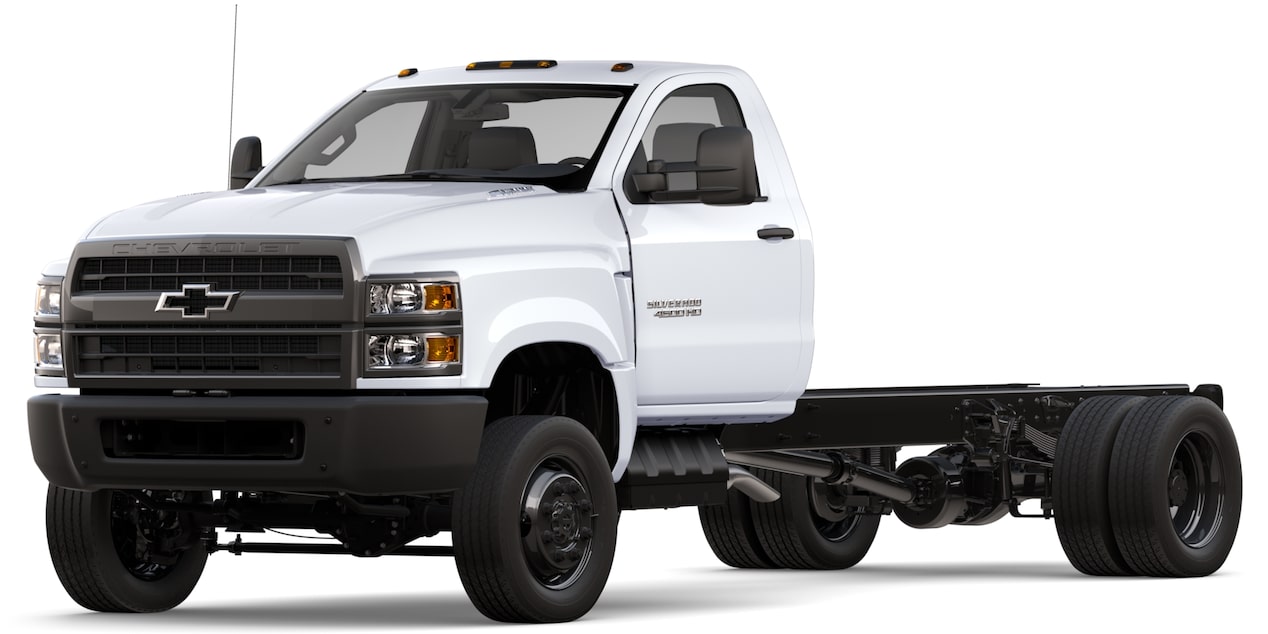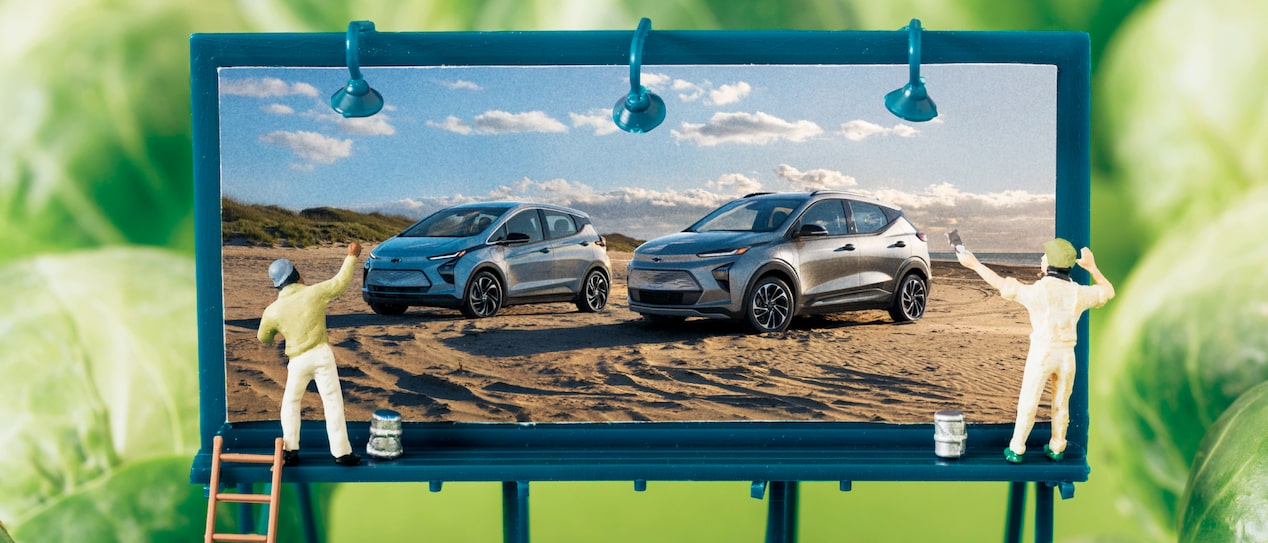
2021-06-15 | New Roads Magazine
EV myth busting
Electric vehicles are fun to drive, easy to live with, and great for people in all walks of life. We bust some outdated myths about EVs.
All over America, more people are learning just how easy electric vehicles are to use and integrate into their daily lives. For everything from around-town errands to road trips, EVs are proving themselves capable and cost-effective. In fact, the number of all-electric vehicles sold in the U.S. has climbed every year since 2011, adding up to more than 240,000 by 2019.
With the shift to electric, it’s worth remembering how Chevrolet is helping lead the charge. In 2010, Chevy introduced the Volt, an EREV with a gas-powered, range-extending engine. That was followed by an all-electric vehicle, the Bolt EV, in 2016. In early 2021, Chevrolet introduced the updated 2022 Bolt EV and the larger 2022 Bolt EUV. General Motors has also announced an investment of $27 billion in EV and AV products through 2025, along with the launch of 30 new EVs globally by the end of 2025. With all of this change happening so fast, myths and misinformation about EV technology persist. Let’s collect some facts to set the record straight.

Myth: there’s nowhere to charge
Fact: You can easily charge at home. Most 120-volt home outlets are capable of charging an electric vehicle
Myth: charging an EV takes too long
Fact: Home charging is a game changer. On a Level 2, 240-volt charger, your Bolt EUV can grab up to 25 miles of
Myth: EVs don’t offer enough range
Fact: The vast majority of daily trips can easily be handled by an electric vehicle like the 2021 or 2022 Bolt EV, which have an EPA-estimated range of
Myth: EVs can’t be used for road trips
Fact: They can. Depending on the destination and time targets, almost any trip is possible. There are any number of websites that can help new owners of electric vehicles plan their trip, and the
Myth: EVs don’t work well in cold weather
Fact: Preheating your EV makes for a toasty drive and can save energy for range, but remember — whether they’re powered by gasoline or electricity, all vehicles are less efficient in the cold. The EPA says that when temperatures dip below 20 degrees Fahrenheit, cars with all kinds of powertrains — from gasoline to hybrids to fully electric vehicles — are less efficient in a mix of city and highway driving than they are at higher temperatures. The critical caveat is that much of the extra energy an EV needs in winter is used to heat the cabin. If you preheat the cabin before leaving, while the vehicle is still plugged into the charger, you can help extend the vehicle’s range for that trip.
Myth: EVs are expensive to own
Fact: The value of an electric vehicle isn’t always apparent by comparing its sticker price to that of a similar internal-combustion-engine vehicle. For example, when compared to a new, similarly sized gas-powered vehicle, a 2021 Bolt EV can save a driver as much as
Miniatures on set
Here’s a sneak peek into how the miniatures photographed for this story were created. Watch as our broccoli trees sprout into a forest in front of the lens.
EV academy: test your knowledge
Before you unplug that charge cord and unleash electric torque out on the open highway, put your EV know-how to the test.

Chevrolet electric vehicles have a number of innovative features to help optimize your drive. Find out how much you know about EVs and learn how to get even more out of the Bolt EV or Bolt EUV when you take our interactive quiz.
Story: Sebastian Blanco / Photography: Erin Sullivan

